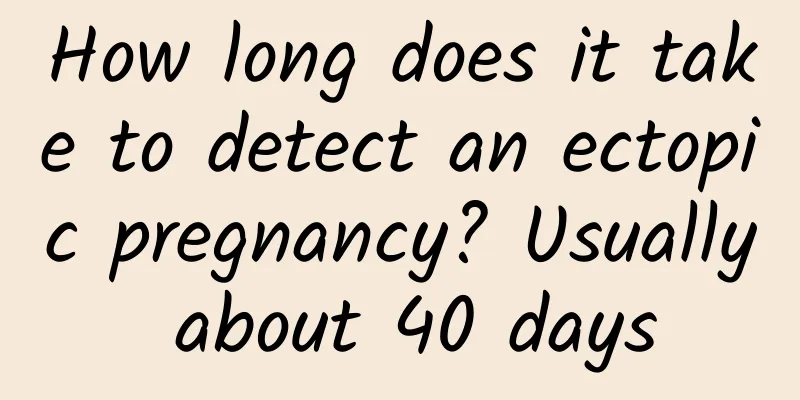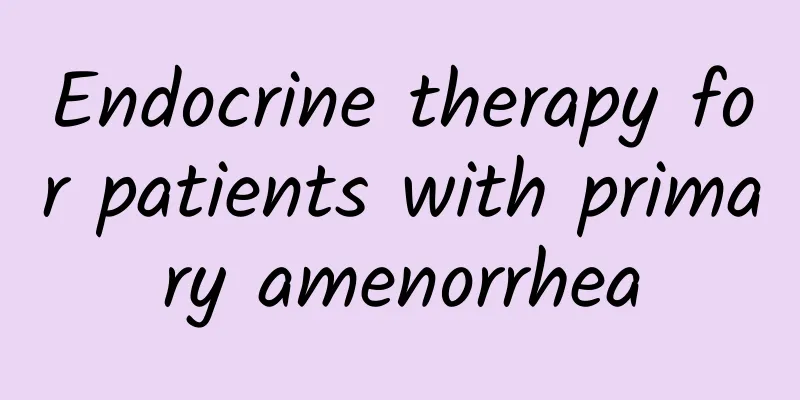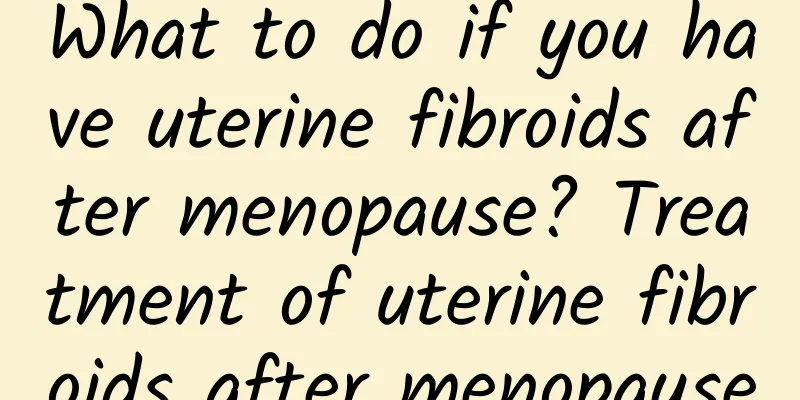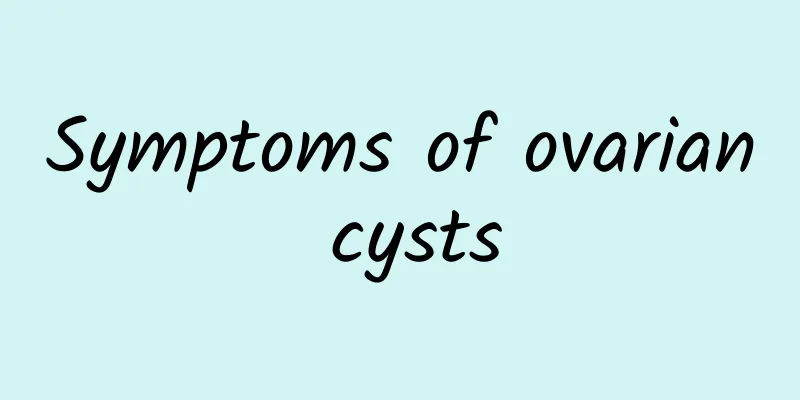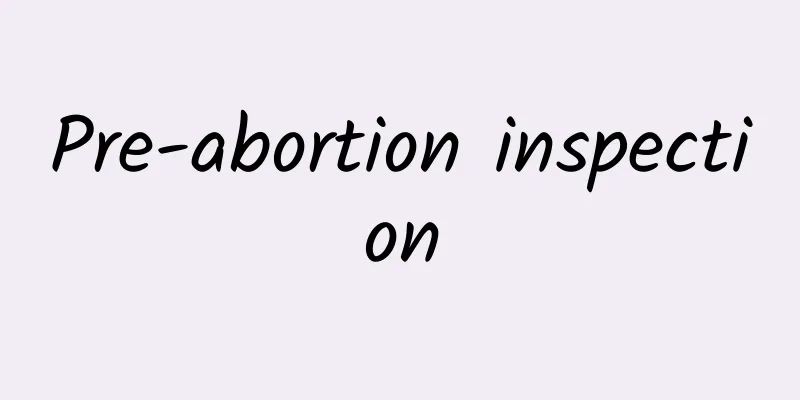Effective treatment for pelvic peritonitis
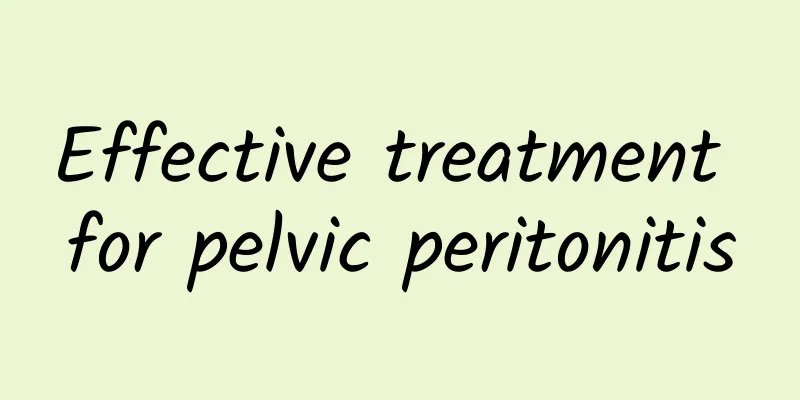
|
Pelvic peritonitis is a common gynecological disease in women. If pelvic peritonitis is not treated, it can easily lead to more serious consequences. Pelvic peritonitis often has chronic salpingo-oophoritis and chronic uterine myositis, so it often has all the symptoms of pelvic genital inflammation. Pelvic peritonitis brings many inconveniences to life and work, so it should be actively treated. Here are some methods for pelvic peritonitis. (1) Antibiotic treatment: For patients with obvious symptoms, antibiotics should be used first. Antibiotics can kill the remaining pathogenic bacteria and prevent acute attacks. Commonly used drugs are still penicillin, gentamicin, metronidazole, etc. The usage is the same as that of acute salpingo-oophoritis and pelvic peritonitis. (2) Tissue therapy: such as placental tissue fluid and placental globulin, injected intramuscularly once a day or every other day, 15 times as a course of treatment. (3) Physical therapy: benign warm stimulation can promote pelvic blood circulation, improve the nutritional status of local tissues, and facilitate the absorption and disappearance of inflammation. Commonly used physical therapies include shortwave, ultrashortwave, infrared, audio, ion penetration, etc. However, physical therapy should not be used when the body temperature exceeds 37.5℃ or when suffering from genital tuberculosis. (4) Other drug treatments: For tubal obstruction caused by chronic salpingitis, intrauterine injection can be performed. Gentomycin 160,000 units, α-chymotrypsin 5 mg, dexamethasone 5 mg are selected and diluted with 20 ml of normal saline. After strict disinfection of the vulva, vagina, and cervix, the intrauterine injection is performed. It starts 3 days after the end of menstruation and is injected once every 2 days until before ovulation. Continuous treatment for 3 cycles is possible. (5) Surgical treatment: Surgery can be performed for large hydrosalpinx or tubo-ovarian cysts caused by inflammation. For infertility caused by tubal obstruction, tubal repair surgery can be performed. For chronic tubo-oophoritis and pelvic peritonitis with repeated acute attacks, when drug treatment is not satisfactory and the patient is in great pain, and the patient is older, surgical treatment can also be considered. The above is an introduction to effective methods for treating pelvic peritonitis. I hope it will be helpful to you. |
<<: How to treat pelvic peritonitis
>>: What are the common treatments for pelvic peritonitis?
Recommend
The most common complications of cervicitis
Cervicitis is a very common disease. When women s...
What are the common symptoms of chronic pelvic inflammatory disease?
What are the symptoms of chronic pelvic inflammat...
Women need to pay attention to the dangers of pelvic inflammatory disease
Pelvic inflammatory disease is a common disease a...
Is bacterial vaginosis contagious?
Is bacterial vaginosis contagious? Bacterial vagi...
How to tell if you have pelvic inflammatory disease
You can determine whether you have pelvic inflamm...
What is the best way to treat uterine fibroids? Is ultrasound treatment really effective for uterine fibroids?
Uterine fibroids are a common benign gynecologica...
Different symptoms between acute and chronic adnexitis
Adnexitis is a common gynecological disease, ofte...
Lingzhi helps with weight loss! Chang Gung Research Published in International Journal
The traditional Chinese medicine Lingzhi can not ...
Can cervical erosion recover on its own? Treatment of physiological and pathological cervical erosion
Physiological cervical erosion will recover on it...
Experts explain the symptoms of adnexitis
Many women are very concerned about this issue. I...
The main cause of multiple uterine fibroids. Will multiple uterine fibroids cause menstrual bleeding?
Multiple uterine fibroids are a common disease am...
【Video】Can’t lower your blood pressure? 5 natural foods that can bring you good luck! Nutritionist Cheng Hanyu: Don’t exceed the daily sodium intake limit
Are you also troubled by high blood pressure? Hyp...
How does traditional Chinese medicine treat cervical erosion? Introduction to Western medicine treatment methods for female cervical erosion
There are generally three types of cervical erosi...
Experts introduce you to the two major hazards of ovarian cysts
Ovarian cysts are a common disease in women. Many...
Lose weight on your arms while doing housework! 3 steps to easily eliminate butterfly sleeves and clean windows
The weather is so hot that you really want to wea...
